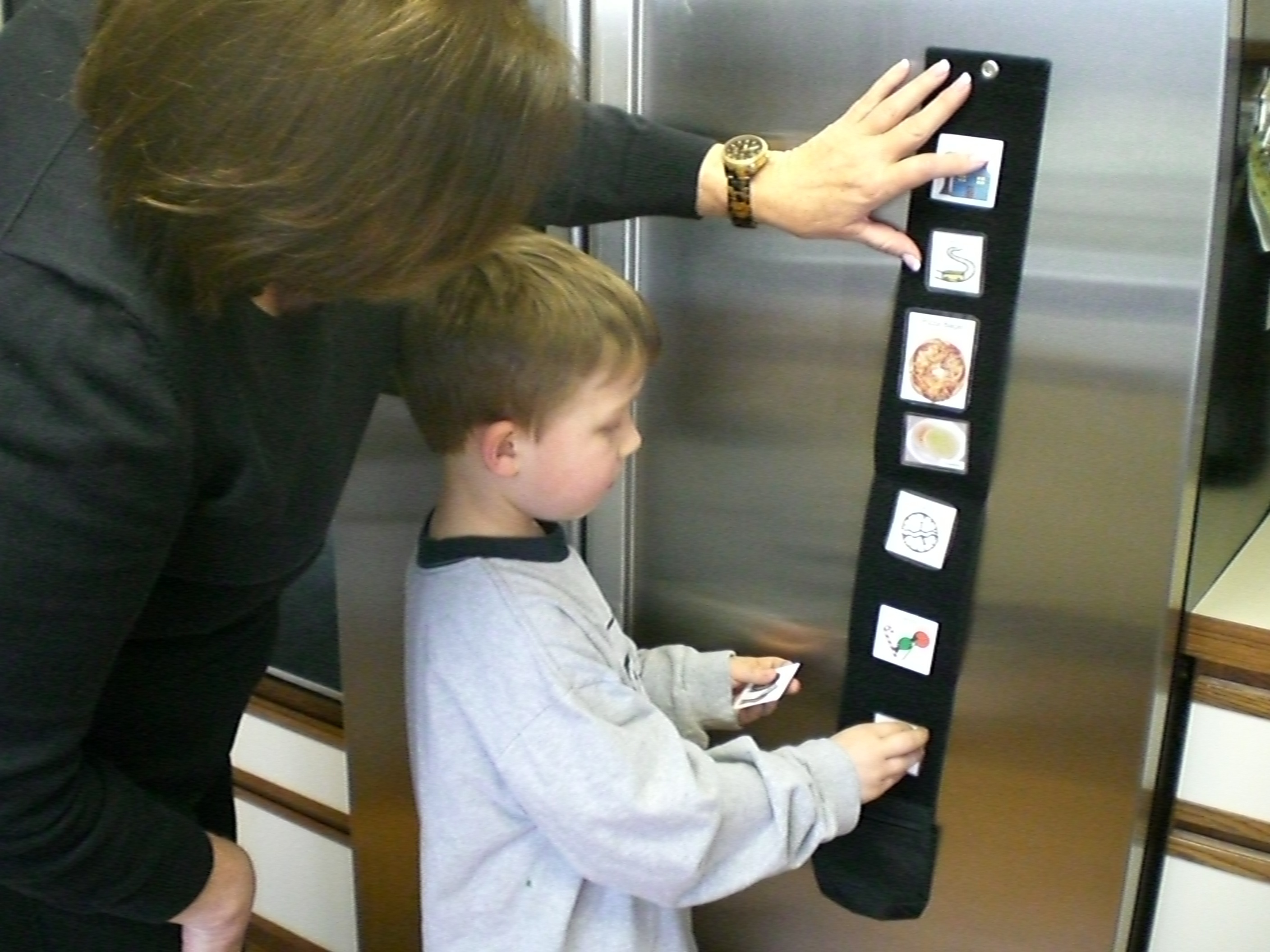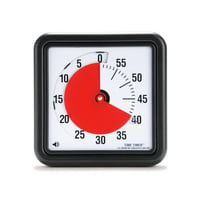Transitions from one activity to the next can be difficult for any child, especially if they are being asked to leave a preferred activity to instead do something they need to do. While some behaviors in response to transitions may look similar between neurotypical children and children with Autism Spectrum Disorder (ASD), the reasons behind the behaviors can differ. When a child is navigating life with ASD, the world can be an unpredictable place, and a set routine can help them feel more in control, greatly easing anxiety and frustration. If that routine needs to change for any reason, it can feel like someone pulled a rug out from underneath them, and they may feel emotionally overwhelmed in response.
Understanding why children are struggling with a transition can help adults and caregivers determine appropriate responses, devise strategies to ease transitions and prevent emotional escalation. Some behaviors that children show are a result of their being overwhelmed by their emotions in the face of having to make a change. They may display other behaviors because they have learned those actions successfully delay leaving a preferred activity. It’s important for caregivers to try to discern the difference and pay close attention to how they, the adult, respond to the behaviors of the child in front of them.
Strategies to Ease Any Transition, at Home and at School
- Visual Timetable Schedules
 When navigating a routine day, like a school day, providing your child with a visual schedule they can use to track their time can allow them to gear up for changes in activity. For younger children, or children who don’t yet read clocks, you can try using a schedule with pictures in addition to words. Schedules can also be helpful on non-routine days, likes weekends and school vacations, because they can provide a “road map” for the day.
When navigating a routine day, like a school day, providing your child with a visual schedule they can use to track their time can allow them to gear up for changes in activity. For younger children, or children who don’t yet read clocks, you can try using a schedule with pictures in addition to words. Schedules can also be helpful on non-routine days, likes weekends and school vacations, because they can provide a “road map” for the day.
When it’s not possible to set a schedule, or when asking a child to leave a preferred activity or stay in a necessary activity for a certain length of time, using a timer the child can easily see can help them understand how much time is left in their activity, and when they’ll need or have to switch.
- Count Downs and Time Warnings
Similar to using a timer, telling a child he or she has a certain amount of time left (such as ten minutes to continue playing on the swings), and continuing to remind them can help preview that a preferred activity is coming to an end and help them gear up emotionally to transition.
- Schedule Harder Activities Between More Preferred Activities
Spreading out more challenging activities throughout the day can help children regulate their emotional responses. Doing this also allows the caregiver to preview that something preferred will be coming later in the day, making the current activity that much more tolerable in the moment.
“ Social Stories” is a tool developed by Carol Gray to help children with ASD understand social situations. To write a social story, the adult, or “author,” identifies a situation that may be challenging for the child. In this case, it might be helpful to identify a particular transition the child is struggling with. The “author” and the child, the “audience,” write the story together as a way of previewing how an interaction will go, and what a child can do in the moment if different circumstances arise.
Social Stories” is a tool developed by Carol Gray to help children with ASD understand social situations. To write a social story, the adult, or “author,” identifies a situation that may be challenging for the child. In this case, it might be helpful to identify a particular transition the child is struggling with. The “author” and the child, the “audience,” write the story together as a way of previewing how an interaction will go, and what a child can do in the moment if different circumstances arise.
- Previewing New Activities, Places, and Sensations
If you know that you need to introduce a new activity, place, or sensation into your child’s routine (such as getting a haircut or eating lunch in a cafeteria), it can be helpful to preview these events in advance through a social story or through visiting a new location before an actual activity occurs.
Changes to a routine for a child with Autism Spectrum Disorder can feel much larger to them than to their caregivers and teachers. Breaking down changes into steps, and going over those steps slowly and repeatedly, can help children adjust over time, and therefore more easily.
Responding to Unexpected Changes in Routine
While we know it’s helpful to minimize change as much as possible for kids with ASD, it’s not always possible to schedule and anticipate when a change in routine will need to occur. Sometimes, the weather doesn’t cooperate for a preferred outdoor activity, there is a fire drill at school, or a place a child really likes to go is closed for a holiday. During these times, it can be challenging to rely on daily routines to get us through. Below are some tactics to help manage the experience of unexpected changes for students with Autism Spectrum Disorder.
- Prepare a “Calm Down” Routine in Advance
Everyone can benefit from learning to regulate their emotions, but children with ASD may require explicit coaching. Setting a predictable calming routine that can be used in unpredictable moments can help. You can teach children to take a certain number of deep breaths with their eyes closed, hug their bodies, and rub their hands together. They can repeat the sequence until they feel more regulated.
Warnings and reminders that things are about to start, stop, or change can be very helpful for children with ASD. If, for example, you are trying to see a movie your child has been expecting to see, but the tickets may be sold out, sharing that information as quickly and calmly as possible, along with continuing to warn about the upcoming change, can help children emotionally prepare for a change that may feel disappointing.
- Give Choices as Much as Possible
If you encounter the need to make a sudden change of plans, having a set of “choice b” options, and coaching your child to choose among them, can help involve them in the process of overcoming frustration in the face of change.
- Reward Flexibility on A Regular Basis
Explicitly drawing attention to and rewarding flexible behaviors on a regular basis can pay off when you encounter unexpected change. Praising your child’s ability to ‘go with the flow,’ like sitting in a seat in a restaurant other than the one they were hoping for, can help them practice for bigger moments, like having to leave a preferred location in the middle of an activity due to a family emergency.




 When navigating a routine day, like a school day, providing your child with a visual schedule they can use to track their time can allow them to gear up for changes in activity. For younger children, or children who don’t yet read clocks, you can try using a schedule with pictures in addition to words. Schedules can also be helpful on non-routine days, likes weekends and school vacations, because they can provide a “road map” for the day.
When navigating a routine day, like a school day, providing your child with a visual schedule they can use to track their time can allow them to gear up for changes in activity. For younger children, or children who don’t yet read clocks, you can try using a schedule with pictures in addition to words. Schedules can also be helpful on non-routine days, likes weekends and school vacations, because they can provide a “road map” for the day. 
 Social Stories” is a tool developed by Carol Gray to help children with ASD understand social situations. To write a social story, the adult, or “author,” identifies a situation that may be challenging for the child. In this case, it might be helpful to identify a particular transition the child is struggling with. The “author” and the child, the “audience,” write the story together as a way of previewing how an interaction will go, and what a child can do in the moment if different circumstances arise.
Social Stories” is a tool developed by Carol Gray to help children with ASD understand social situations. To write a social story, the adult, or “author,” identifies a situation that may be challenging for the child. In this case, it might be helpful to identify a particular transition the child is struggling with. The “author” and the child, the “audience,” write the story together as a way of previewing how an interaction will go, and what a child can do in the moment if different circumstances arise. 

